Black mould can creep its way into a home and cause serious health problems for its inhabitants. It is one of the big contributing factors towards eczema, also known as dermatitis. When stripped down, it is an allergic reaction caused by a number of factors, including damp and mould.
Damp and mould is primarily caused by moisture, condensation and humidity trapped within the home. It can be a crack in the wall or roof, faulty pipes or inadequate air rotation that gives away to the problem. Mould then appears on damp surfaces that it clings and grows on. Walls, wooden structures and plaster are popular surfaces. Places you are likely to find mould are:
• In attics and lofts as they are situated under leaking roofs
• Behind walls
• Under floorboards or carpets
• By windows
• Bathrooms, showers and kitchen sinks
• In damp basements
• Wardrobes and on clothing that is left damp
A lot of the time, the signs and effects of mould aren’t always visible, especially if it is manifesting behind walls and under floorboards. More than often, it is when the problem has become dangerous that they issue is found out. The mould then releases harmful toxins which are circulated throughout the home by heating, ventilation systems and air conditioning. If the problem is not dealt with swiftly and accurately, it can lead to severe structural damage and health problems.
Those suffering from dermatitis will experience itchy skin, extreme coughing and irritation to the eyes. If left untreated, long term exposure to mould can worsen the situation. This is why calling professionals to deal with the problem is far more effective. They can carry out a reliable and effective inspection and swiftly solve the problem.
However, there are a number of things that can be done in the home to prevent the appearance of mould in the first place. A big factor is the collective steam after a long shower or bath. The steam that builds up is a major contributing factor so run the fan that ventilates the room and directs the steam and outside. If you don’t have a fan, open the window.
Keeping clothes and towels dry is a huge help. Spread them out to dry rather than bundling them up in the washing machine. A general rule of increasing air flow throughout the house should be applied and leaving closet doors open every now and then is also a good way of suppressing the likelihood. But above all, if the problem is severe, get professional help. The experts will be able to repair leaking walls and roofs quickly and correctly.


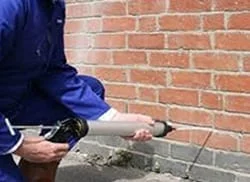 Damp Proofing
Damp Proofing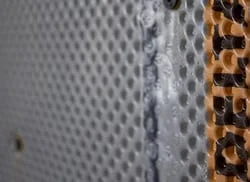 Basement Damp Proofing
Basement Damp Proofing Water Damage
Water Damage Condensation Control
Condensation Control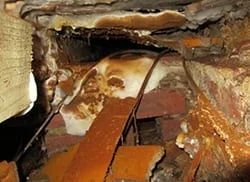 Dry Rot Treatment
Dry Rot Treatment WOODWORM & WET ROT
WOODWORM & WET ROT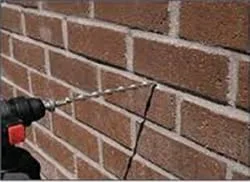 CAVITY Wall Ties
CAVITY Wall Ties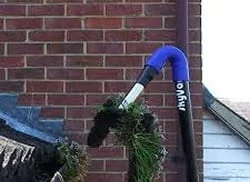 Property Maintenance
Property Maintenance Waterproofing And Tanking
Waterproofing And Tanking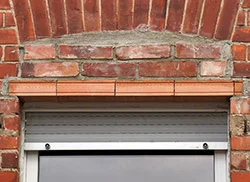 Structural Repairs
Structural Repairs







